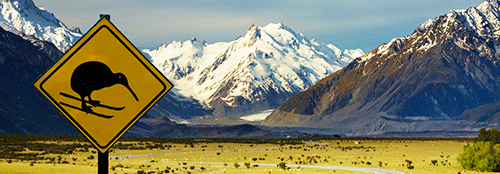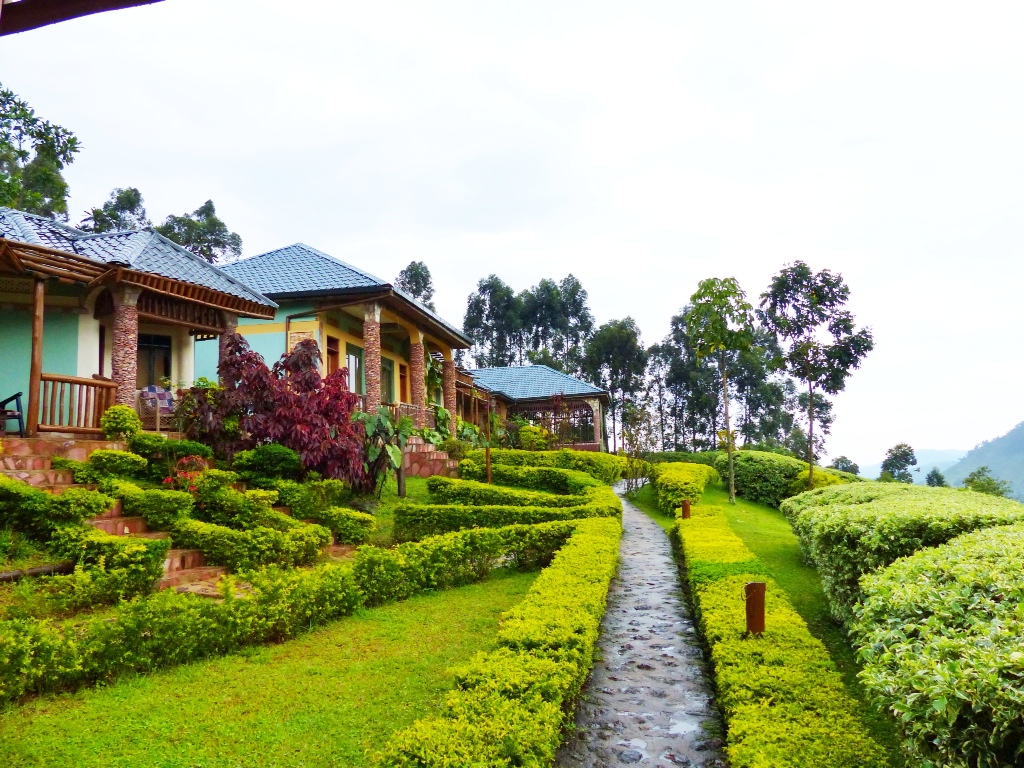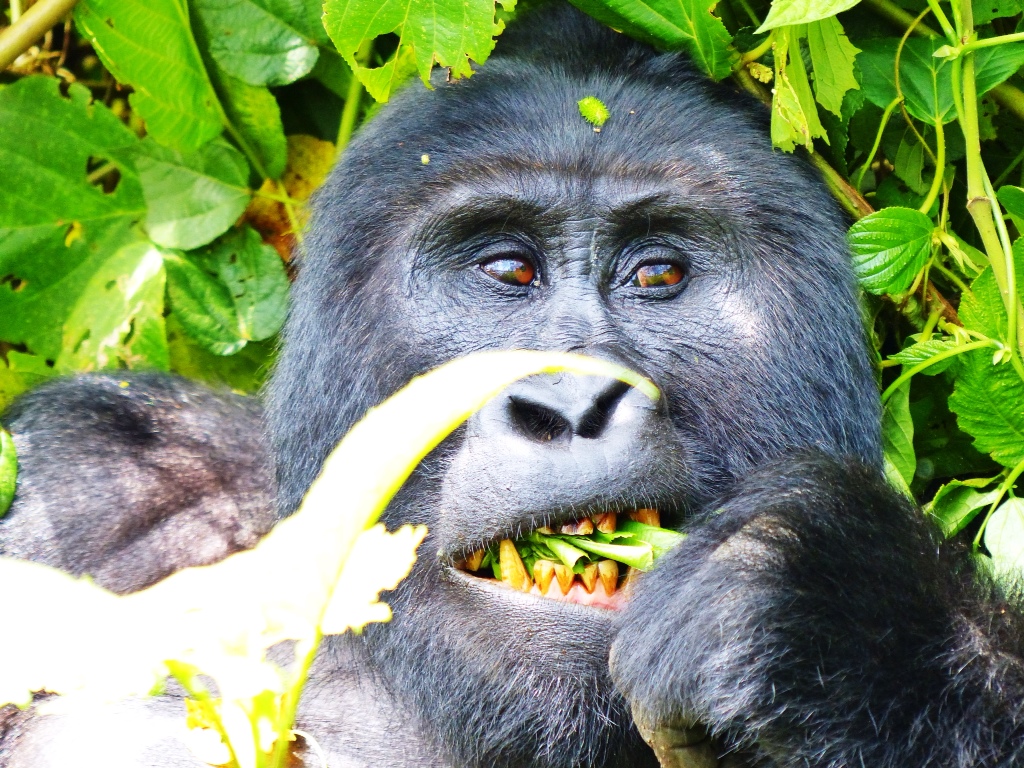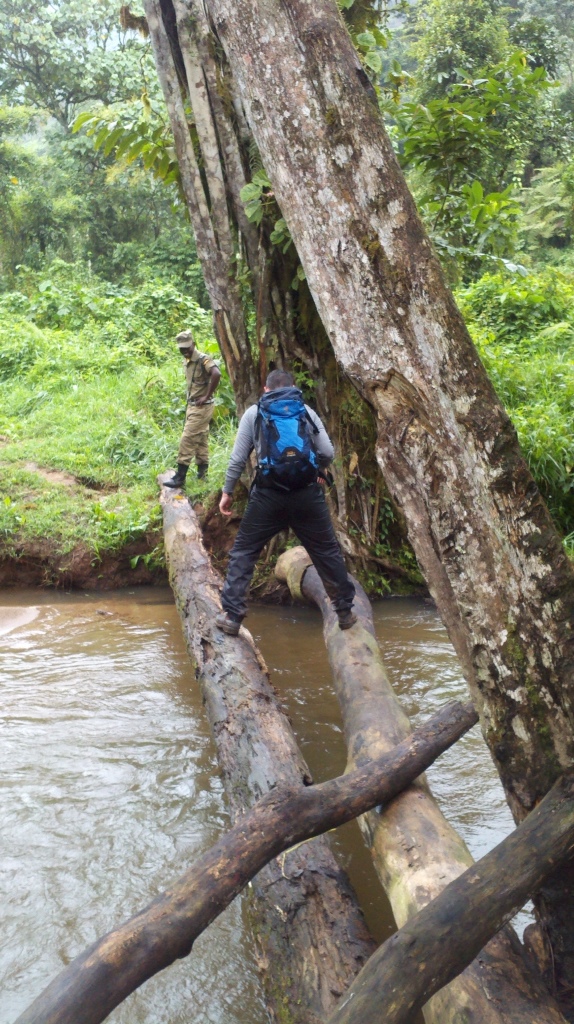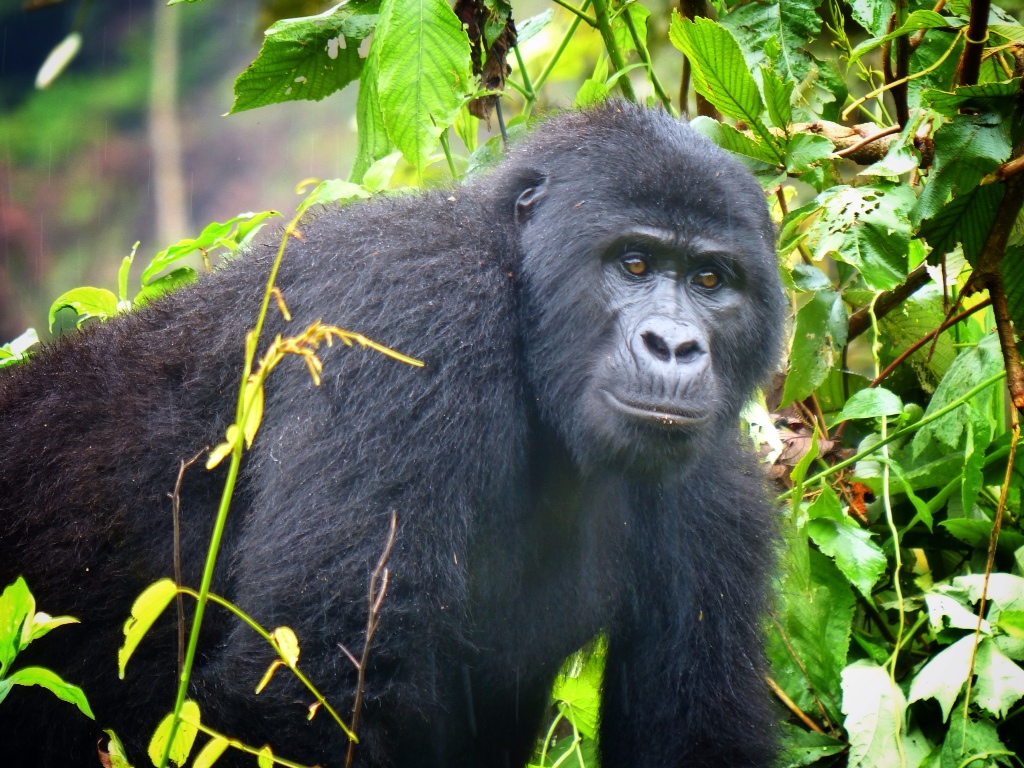Gorillas in Bwindi
September 23 – 25 (Bwindi Impenetrable Forest, Uganda) —
The skies opened up again as Moses drove us to the village of Buhoma, Uganda in the Bwindi forest. He continued to demonstrate his four wheel driving skills getting us safely up the “road” to the Silverback Lodge where we were staying for two nights.
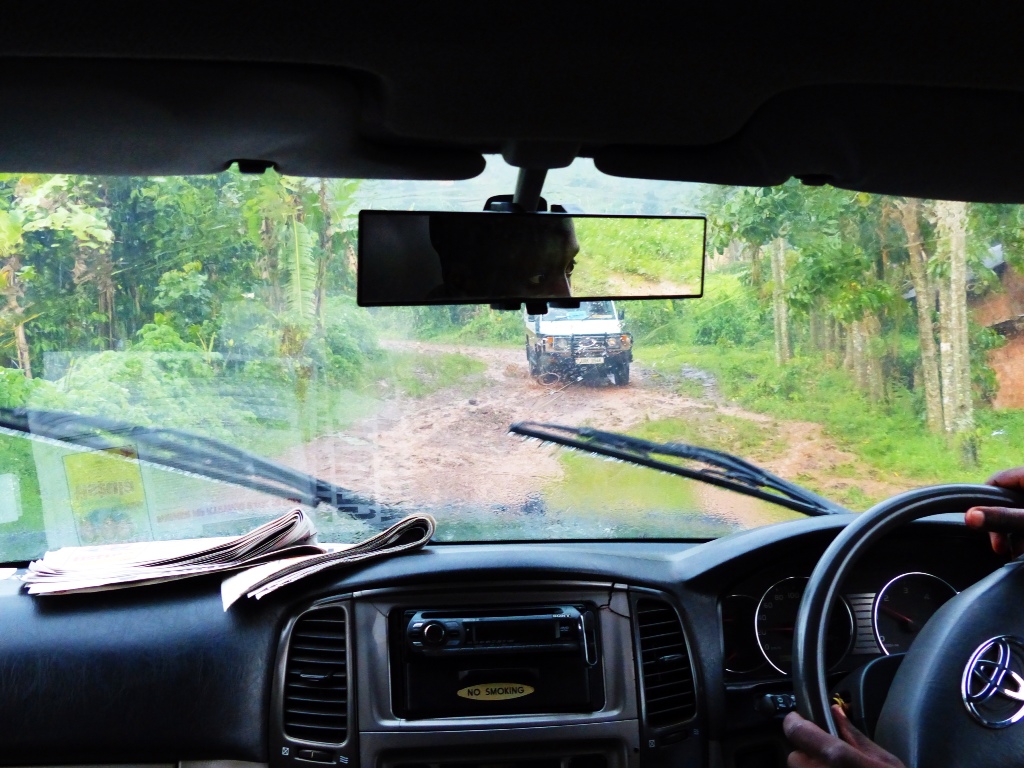
We had a great view of the misty forest from the front deck of our room.
We were up early the next day, excited to head out to see gorillas. We were assigned to visit the Mubare family of gorillas, which meant we had a long trek ahead of us to find them.
After a few hours of marching straight up hill over slippery mud and rocks, our guide informed us she had heard from the trackers via radio and we only had another 30 minutes to go. Our efforts were soon rewarded and I got my first glimpse of these amazing animals.
Others in the group also showed some personality. This one was a thinker.
After our hour with them was up, we left the gorillas and headed back over the ridge to have a picnic lunch. This gorgeous bird flitted around hoping to get some handouts.
On our way back down to the village, we got lucky and literally ran into gorillas from one of the other three gorilla families that live in the area. They were walking on the trail ahead of us and then stepped off into the forest to munch on some more foliage.

The next day, David and I hiked from Buhoma to Nkuringo, a village about 14 km away that also has a family of habituated gorillas nearby. The hike was grueling — uphill almost the entire way — but still only took us about 4 hours. The drive, which Moses did with our luggage, took nearly an hour longer due to the very bad condition of the road into Nkuringo and the rain.

Oh, and you may be wondering why we are being escorted on our hike by men with guns. The rangers will tell you that you need to be escorted due to wild animals you may encounter, specifically forest elephants. After three hikes in the forest without seeing a single other animal except for gorillas, we decided that “forest elephants” was code for Congolese rebels (of which we also saw none, thankfully).
The next day, we hiked about 5 km back down the same trail to track the Nkuringo gorilla family. This family had two silverbacks, the dominant male who was only 16 years old and an old silverback that used to rule the group, who was 37 years old. Surprisingly, the young male had not driven the old one out of the group. The young silverback had also taken an orphan gorilla into the group.
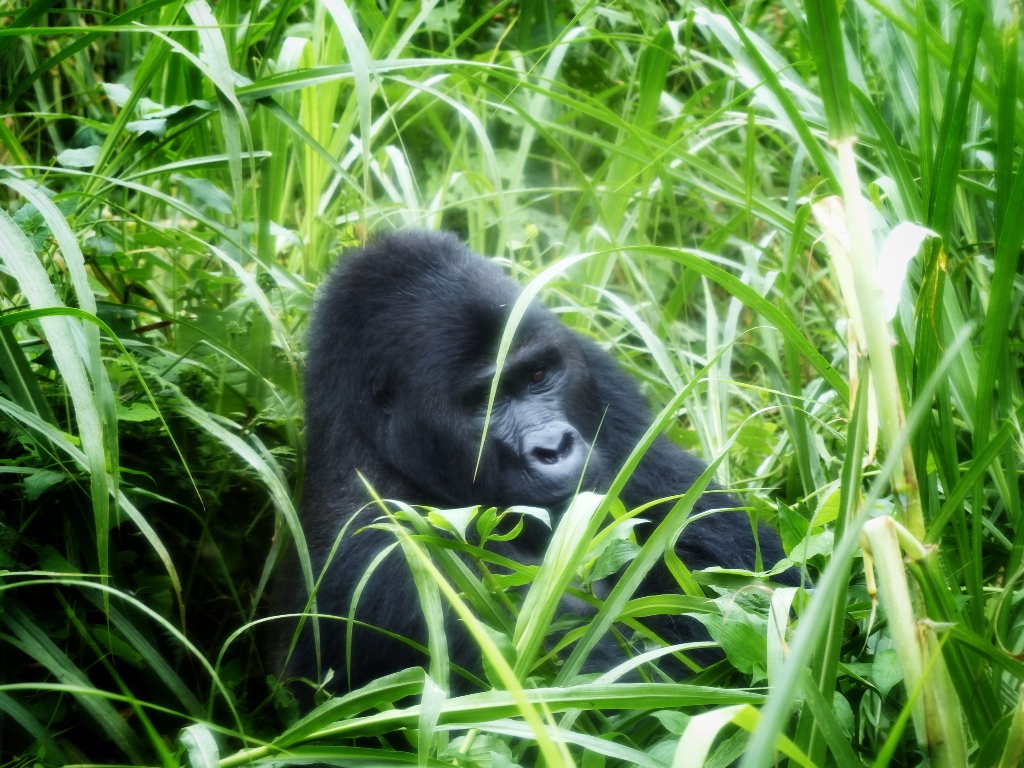

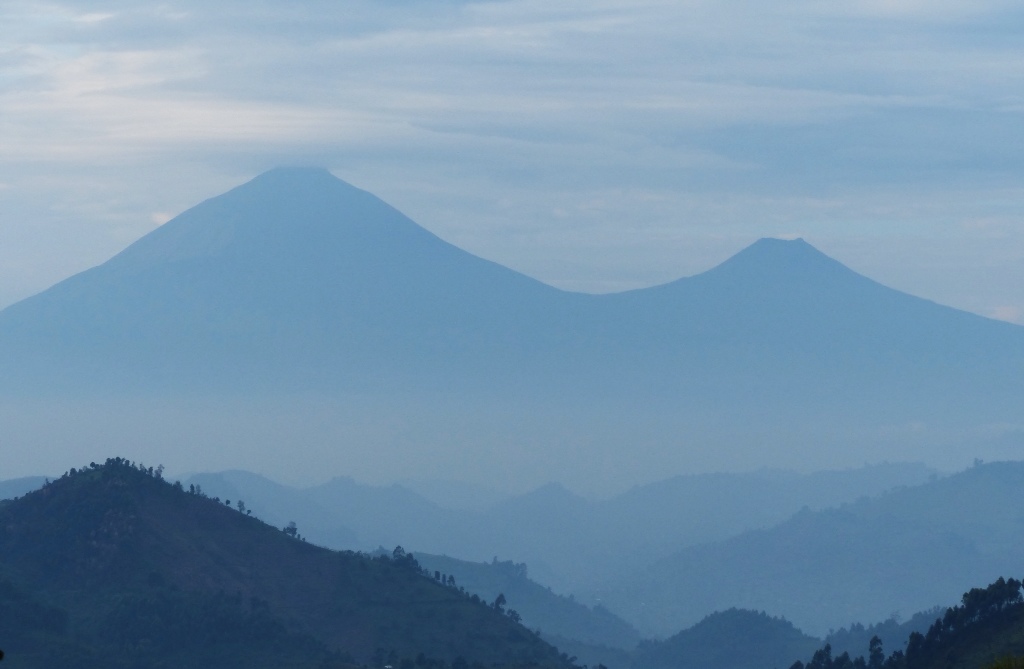
The intersection of these three countries is the only remaining habitat in which mountain gorillas live today. It is not an inexpensive or easy trip to see them, but the experience really is priceless.
